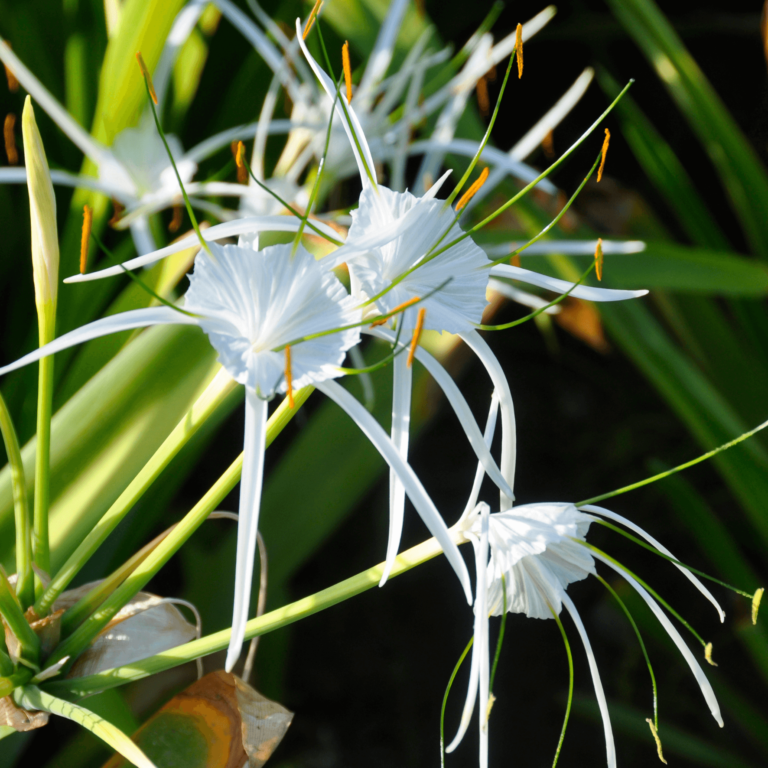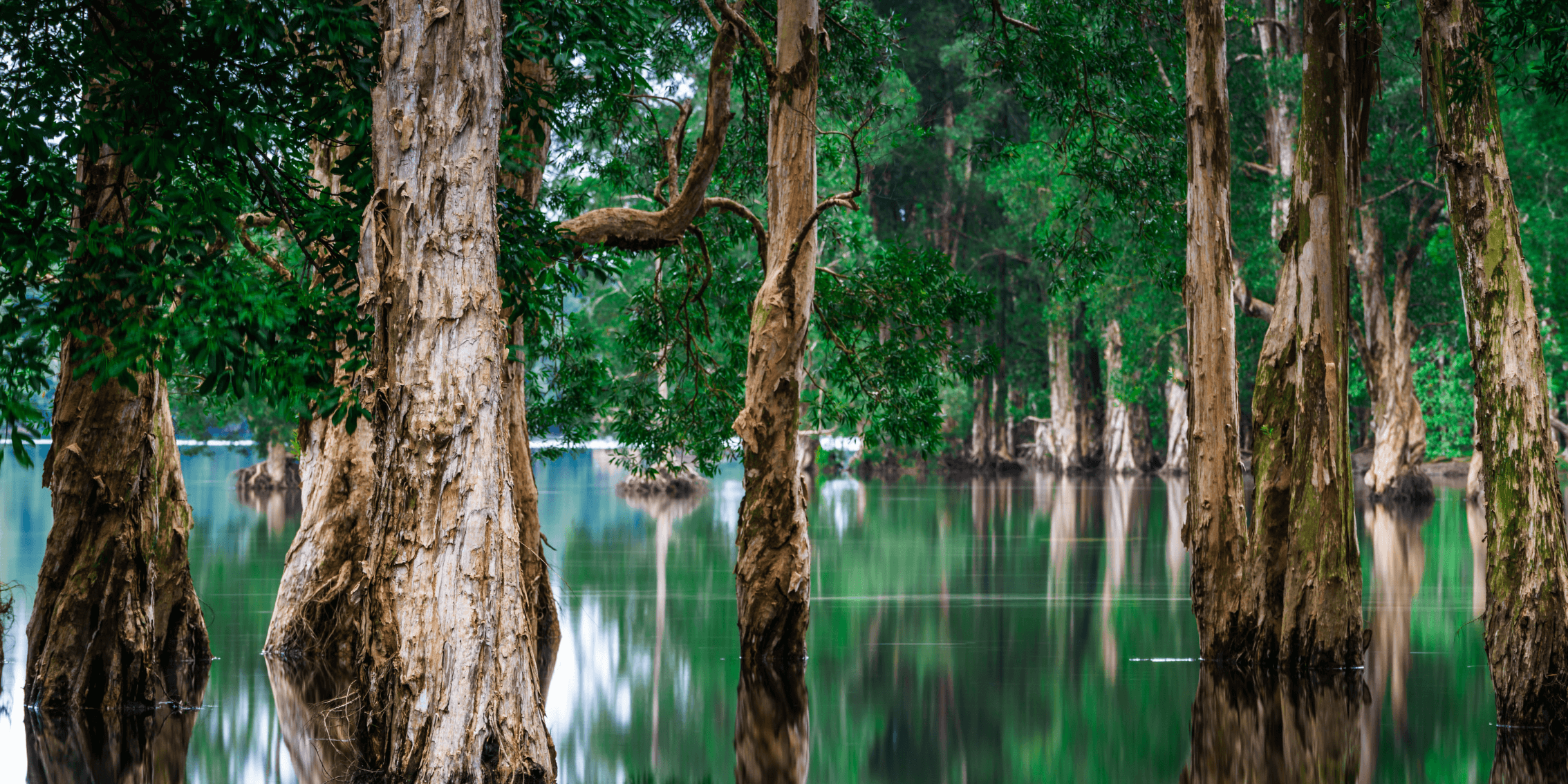Practical Landscaping Strategies for Flood Resilience in Australia
In the ever-changing terrain of Australia, where floods are an inevitable part of the landscape, we turn our attention to investigating practical landscaping strategies that can empower you to shift from being a victim to a survivor in the face of rising waters.
Know Your Flood Risk
Start with the basics. Understand the flood risk in your area. Check local flood maps, consult with authorities, and consider your property’s elevation.
Flood-Resistant Flora: Working with Nature
Your garden can be both stunning and resilient. Choose plants that thrive in wet conditions, like Bottlebrushes (Callistemon), Paperbarks (Melaleuca) Tea Trees (Leptospermum), Swamp Oaks (Casuarina glauca) or Swamp Lilies (Crinum pedunculatum). Consider elevated flower beds to keep your blooms above potential floodwaters.
Hardscaping: Defend with Design
Strategic hardscaping is your tactical move against floods. Build retaining walls strategically to redirect water away from vulnerable areas. Opt for permeable surfaces like gravel or permeable pavers that allow water to penetrate the ground, reducing runoff.

Rain Gardens: Nature’s Flood Fighters
Turn excess water into an asset with rain gardens. These are essentially depressed areas planted with water-loving vegetation that absorb and manage rainwater. Learn how to create a rain garden on your property, turning a potential flood risk into a beautiful and functional feature.
Elevate Structures, Elevate Safety
Where possible, elevate sheds, seating areas, and play spaces to keep them above potential flood levels. This not only protects your investments but also creates additional usable space. Practical and efficient!

Community Landscaping Collaborations
Work together with your neighbours to create communal rain gardens, and share knowledge. Together, you can create public spaces that are capable of bouncing back after a flood event as well as building a strong community bond.
Learn from Flood-Resilient Gardens
Take a virtual tour of gardens that have weathered floods successfully. Discover practical tips from gardeners who’ve been there. These real-life stories provide actionable insights that you can implement in your own backyard.
As you can see there are there are numerous ways to mitigate the impact of a flood on your garden. While implementing strategic landscape designs can help reduce the effects, it’s important to note that these measures don’t offer an absolute guarantee of protection.
…. and if you need any further help, ring Angela on 0416397258 for expert advice on Your Landscape Journey.



